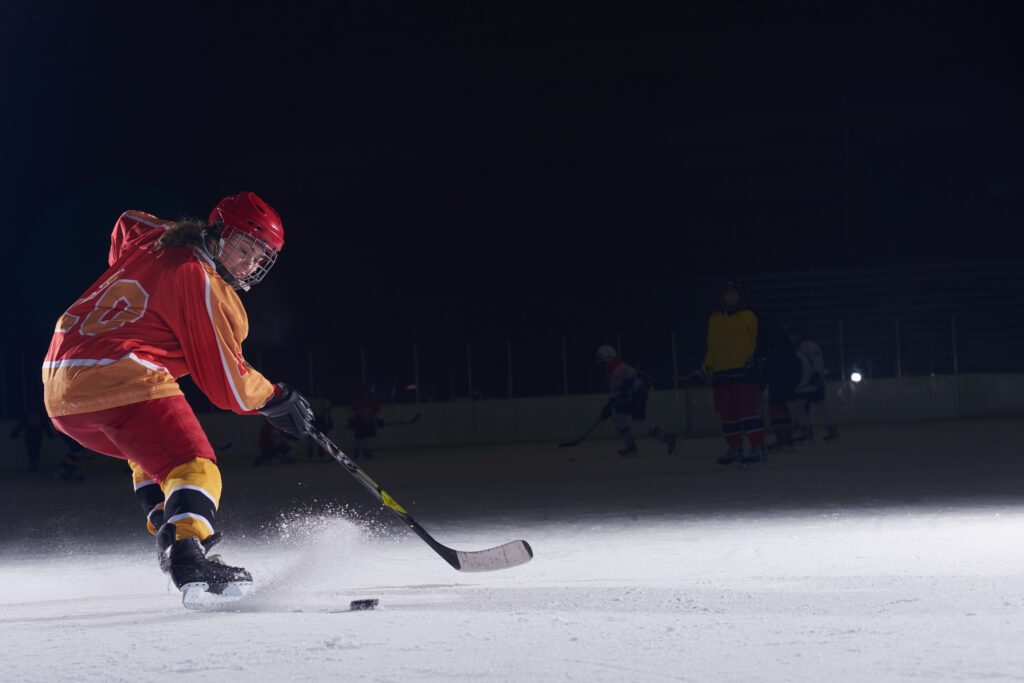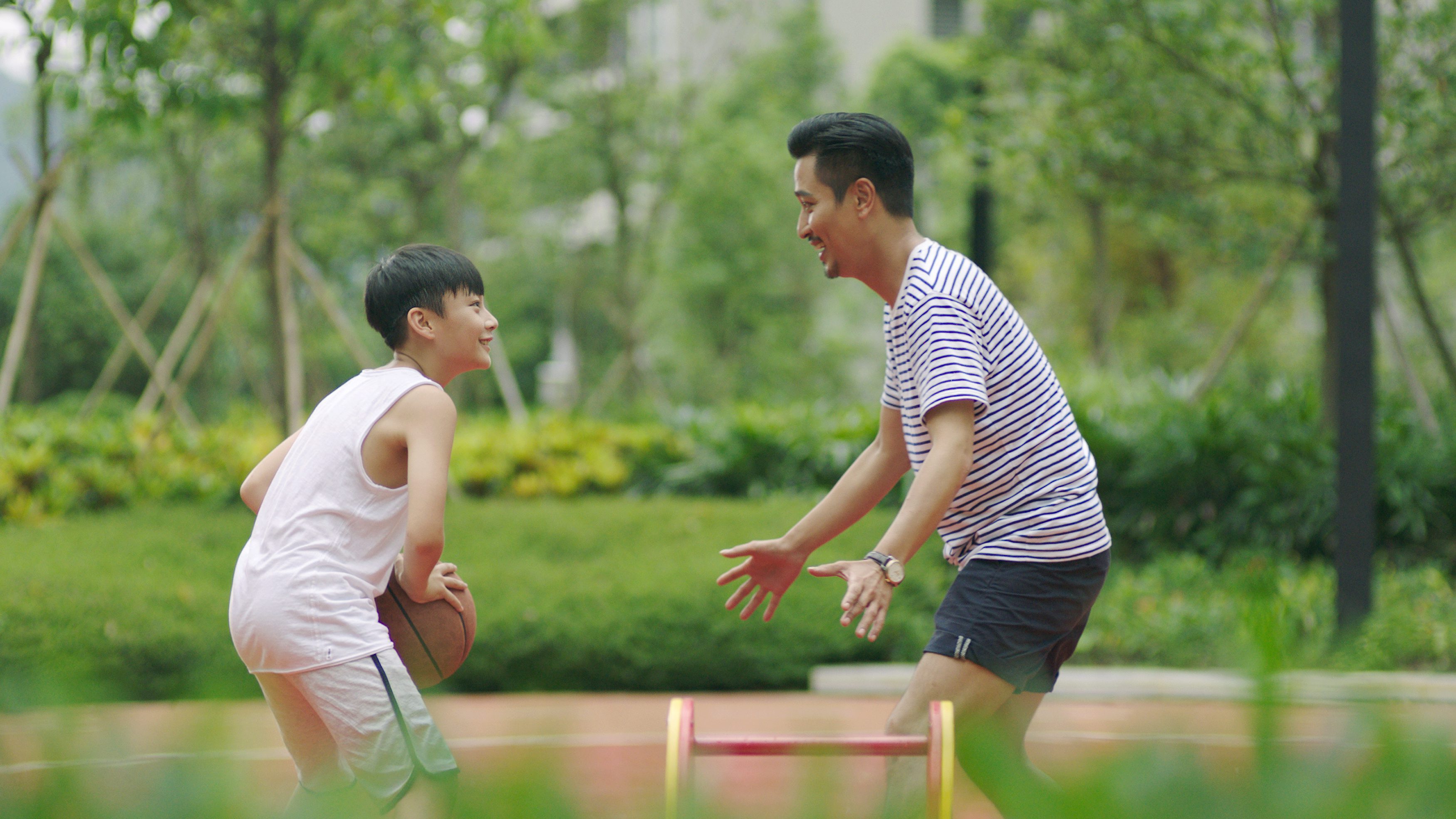Beyond the Comeback: What Media Stories Reveal About Team Canada’s Athlete Moms and How Sport Organizations Can Support Them

With the 2026 Winter Olympics less than a year away, athletes are deep in their preparation, setting their sights on representing Team Canada. For veteran athletes like freestyle skier Cassie Sharpe and hockey forward Natalie Spooner, this Olympic cycle looks different as both became mothers since medalling at the 2022 Games. The media has been…
Factors influencing team performance
What drives a team to excel? This study highlights 4 key factors, leadership styles, supportiveness, communication, and feedback, that shape team performance across industries. For high-performance sports teams, focusing on these areas could unlock new levels of success.
At the crossroads of elite athlete and dad: Male athletes’ experiences navigating parenthood

There has been a longstanding perception that pregnancy, postpartum, and motherhood mark the end of an elite athlete’s career in sport. Over the last few years, many researchers, advocates, and athletes themselves have gone to great lengths in challenging this inaccurate belief. We wouldn’t go as far as to say that presumptuous views of this…
Elite athletes’ self-regulation boosts recovery
Endurance athletes rely on self-regulatory skills like knowing, listening to, and respecting their bodies to optimize recovery between intense workouts. According to new research, elite athletes demonstrate greater skill in adapting recovery to their stress levels compared to non-elite athletes, offering insights into personalized approaches to prevent injury and burnout.
Training models for extended career athletes
Elite athletes are competing at older ages, but advancing age can challenge peak performance. A training model for extended-career athletes should balance age-related decline with expertise, incorporating strength training, individualized load management, injury prevention, and tailored recovery protocols. Monitoring and avoiding large training load peaks are essential for sustaining performance and promoting long-term health.
High-performance athletes and financial literacy
Elite athletes face financial challenges with limited support, often learning money management through trial and error. This study reveals their struggles, coping strategies, and the urgent need for better financial guidance in high-performance sports.
The hidden currents of Canadian sport: A deep dive with SIRC’s new podcast

In the world of sports, we often celebrate the visible: the gold medals, the game-winning goals, the perfect routines executed under the bright lights of competition. But beneath the surface of every athletic performance lies a complex web of forces—psychological, structural, and cultural—that shape an athlete’s journey long before they ever step into competition. This…
Climbing without limits: One athlete’s blind pursuit of new heights in adaptive sport

There is a moment in every athlete’s life when they face trials and tribulations. For Chaz Misuraca, that moment did not come in the form of an opponent or a grueling training session, but in the slow, inevitable loss of his sight. The world of sport, once familiar, became an enigma, a puzzle that required…
Spotting hidden talent: How “sleeper” athletes’ traits predict ice hockey success
A study on elite junior ice hockey players found sleepers, overlooked athletes who later excel, had superior planning skills and unique eye movements. These traits helped scouts predict late drafted players’ success, emphasizing the value of psychological profiles in identifying hidden talent.
Elite athletes and problem gambling
Elite athletes face unique mental health challenges, including a higher risk of problem gambling and gaming disorder, particularly among males. Tackling these behavioural addictions is crucial to safeguarding their wellbeing.